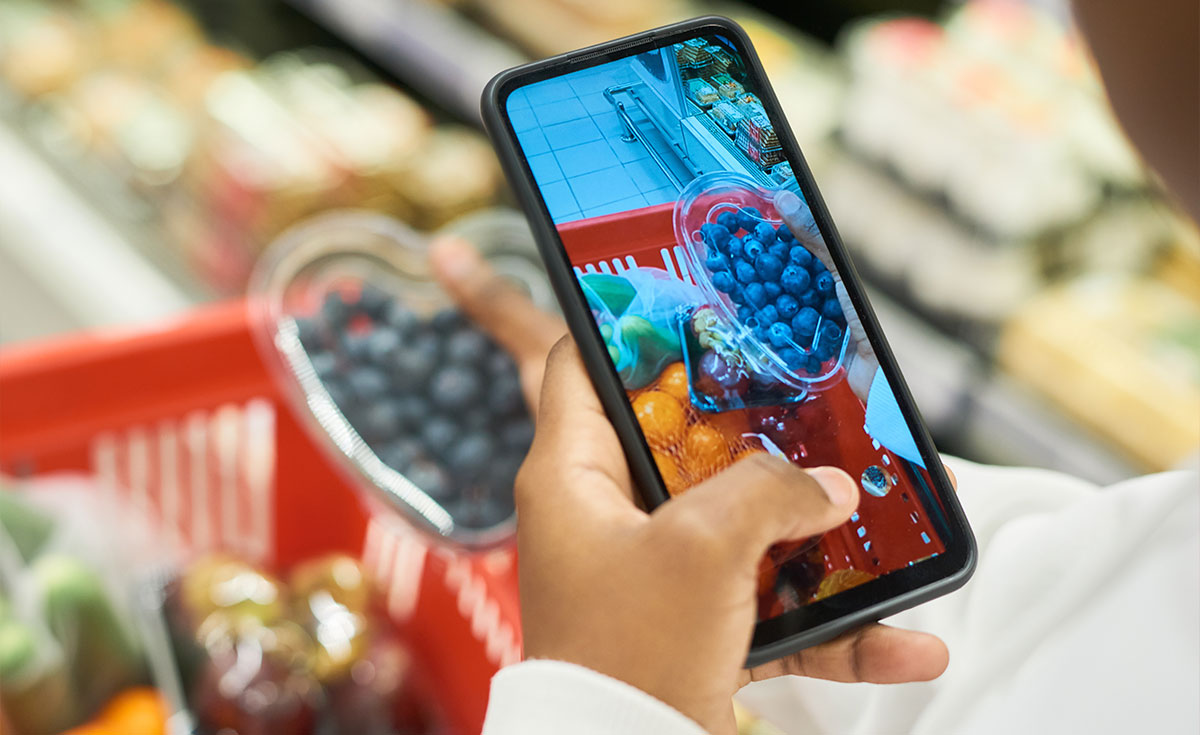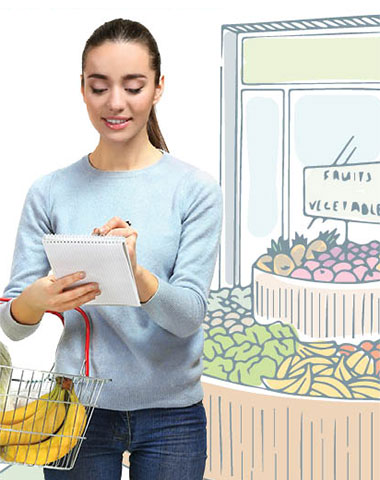By: Leslie G. Sarasin, FMI President and CEO
This is the fourth of five posts on The World is not a Stage, It’s a Supermarket, overviewing findings from U.S. Grocery Shopper Trends 2014.
An issue seen in the inscape of supermarket aisles is the shift in the deciding generation – also known as the battle between the circular and the APP.
As the largest segment of the population, Baby Boomers have long basked in the glory of being the determining segment in most cultural decisions and the darling target of most marketing strategies, but that torch is slowly—and with some resistance—being passed to the millennial generation. Boomers weigh in at 77 million, millennials at 82 million.
Boomers gained their population bulk as a result of the post World War II population surge. The millennial generations’ numerical strength comes from being children of the larger boomer crowd, but also from renewed immigration flows and the immigrant leaning toward larger families. Given the millennial propensity to move back home after college, the two generations may live in the same house, but they live in very different worlds, with dissimilar economic experiences, world views and expectations. This means some changes are coming in the marketplace because many of our current operating models – displays and store layout - are based on baby boomer behavior and the reality is millennials shop and eat differently.
The generations plan differently. Seventy-seven percent of all of shoppers make lists, but the way those lists are composed varies dramatically. Most Boomers shop using lists and the majority of them build those lists throughout the week, monitoring the pantry about what is sufficiently stocked and what items they might need to pick up. Playing to this group, our stores tend to be organized around the pantry-stocker model.
Boomers shop to restock their pantries, millennials shop to fill their plates. Millennials shop according to their multiple eating occasions, looking for the store to help in putting their meals together, making their snacking occasions count, having a rich variety of ethnic foods and flavors available and rewarding them for making healthy choices.
They look forward to the day when refrigerators and pantries automate restocking; and – no surprise here – they expect their mobile devices will become an integral component of both their in-store experience and out-of-store grocery shopping – 80 percent for grocery lists, 75 percent for coordinating pick-up or delivery in the future.
While one in four millennials says he doesn’t like ordering online because it takes too long, all generations continue to express a growing interest in virtual grocery stores, and 62 percent say that the key ingredient for a successful online shopping strategy is giving the customer say in the delivery schedule.
Download a copy of the study by visiting www.fmi.org/store. FMI Connect attendees can use the code found in the app and on-site directory.


 Industry Topics address your specific area of expertise with resources, reports, events and more.
Industry Topics address your specific area of expertise with resources, reports, events and more.
 Our Research covers consumer behavior and retail operation benchmarks so you can make informed business decisions.
Our Research covers consumer behavior and retail operation benchmarks so you can make informed business decisions.
 Events and Education including online and in-person help you advance your food retail career.
Events and Education including online and in-person help you advance your food retail career.
 Food Safety training, resources and guidance that help you create a company food safety culture.
Food Safety training, resources and guidance that help you create a company food safety culture.
 Government Affairs work — federal and state — on the latest food industry policy, regulatory and legislative issues.
Government Affairs work — federal and state — on the latest food industry policy, regulatory and legislative issues.
 Get Involved. From industry awards to newsletters and committees, these resources help you take advantage of your membership.
Get Involved. From industry awards to newsletters and committees, these resources help you take advantage of your membership.
 Best practices, guidance documents, infographics, signage and more for the food industry on the COVID-19 pandemic.
Best practices, guidance documents, infographics, signage and more for the food industry on the COVID-19 pandemic.
